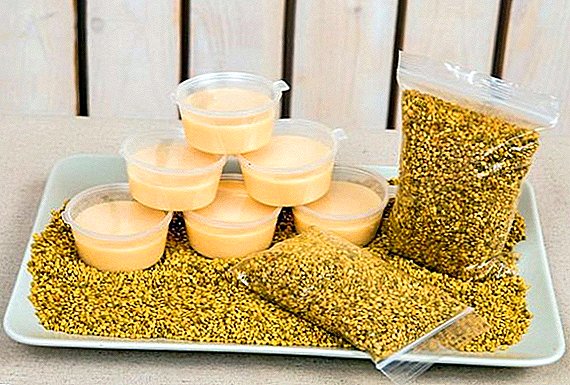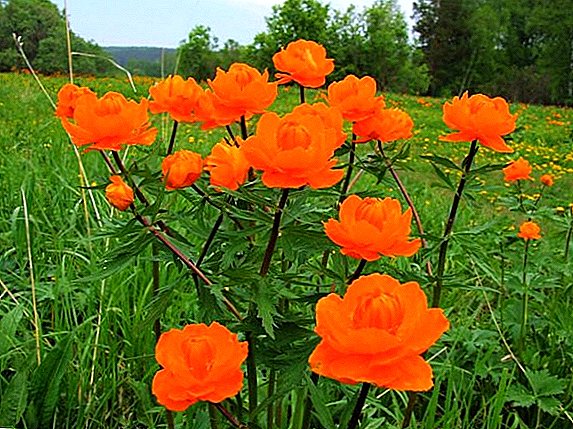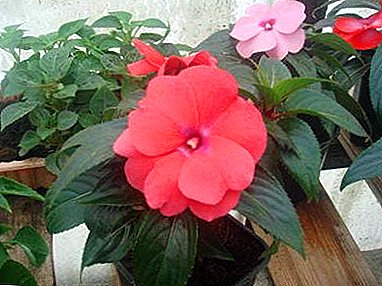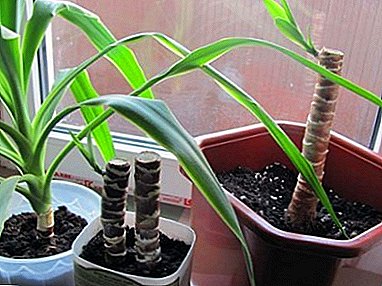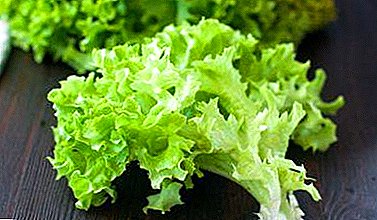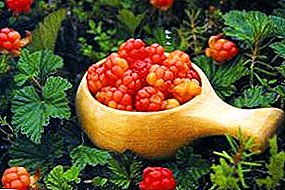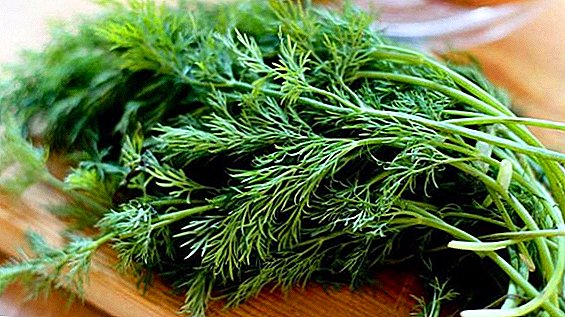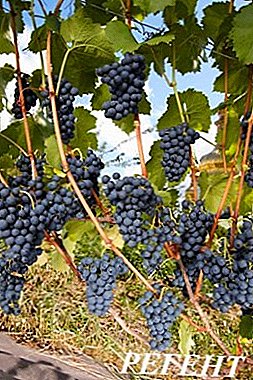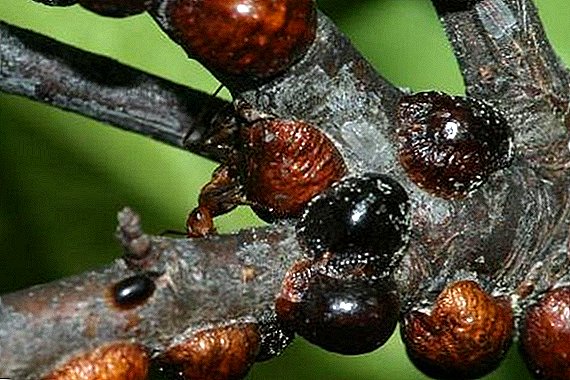 The shield is a small insect and a very large pest. She can even conduct an experienced gardener with her disguise abilities. A description of a scale (including the Californian scale) and measures to combat it, a photo of the stages of development - all this can be found in the article.
The shield is a small insect and a very large pest. She can even conduct an experienced gardener with her disguise abilities. A description of a scale (including the Californian scale) and measures to combat it, a photo of the stages of development - all this can be found in the article.
How to recognize a pest
Shchitovok there are a large number of species. In our area, the most common:




All these species are sucking insects harming the plants on which they live.
The main feature of all species is the presence of a protective shield of the remnants of the scales of the larvae, interconnected by insect secretions. This shell is easy to take for the natural unevenness of the bark of a tree. Such masking makes it difficult to detect pests.
Also a great harm to the plum is done: aphid, leaf-worm, spider mite, cockchafer
While the larvae are still small, they move with great speed, and it is quite simple to find them during visual inspection.
In later stages, the insect becomes more visible due to the increase in its shell. They can be seen with the naked eye - in form they resemble whitish spots on the leaves and at the base of the branches.
Another sign of parasite dominance is the presence of sticky fluid on the leaves. This liquid (or pad) is also the source of another scourge - fungi.  Insects can attack on almost all types of plants, especially like plums, apples, hawthorn, cherries.
Insects can attack on almost all types of plants, especially like plums, apples, hawthorn, cherries.
Life cycle
In the population, females usually dominate. The number of males can be 18-20% of the total number of insects. During the period of existence, one female lays about 100 eggs.
In autumn, the female lays eggs and immediately dies. Her shield serves as a shelter for eggs for the winter. When the temperature rises to +10 ° C, the larvae crawl out of the shelter and crawl around the plant.
Their fussy fast movements are caused by a short lifespan without a power source. Having found a suitable place, the larva sticks to the tree and begins to feed heavily. They lose mobility, begin to be covered with down.
Within two weeks after hatching, the larvae molt and form their first shield. A month later, an adult female is formed from the larvae. 
Did you know? It is the females that cause the main damage to the plants. In their saliva are substances that harm plants.
External signs of damage
The first sign of damage to the plant with shields can be considered the appearance on the leaves of whitish convex spots and growths, which are difficult to separate from the surface.
The leaves are covered with padya (sticky liquid), lose their shine, bald spots appear on the damaged areas, black spots. Shchitovki create colonies near the connections of branches with the trunk and on the underside of the leaves.
Another sign is the cracking of tree bark. In addition, such cracks are excellent shelters for larvae of scythos.
Prevention and agrotechnical rules
In order to avoid the scale insects in the trees, as the first methods of control, prevent the development of these pests.
Since the insects are sedentary insects, the first rule of prevention is quarantine. Do not plant new plants right away. Do not plant them near other plants. Get saplings in the checked places, in good nurseries.
The second method of prevention - autumn digging of land in the garden and spring cleaning. Cutting off dried branches, thinning crowns, you minimize the risk of infection of plants.
Remove infected trees and plant parts in order to avoid transfer of pests to healthy trees. 
Effective fight
But sometimes prevention does not work. Shchitovka appear in the garden, and the question arises, how to deal with them.
Preparations from shchitovki
Without toxic chemicals to deal with the shield is very difficult. Therefore, the first thing worth talking about is chemical spraying of trees.
Important! A single treatment of plants with poisons will not work. Wax shields well protect adults from poisons. Repeat the treatment after 7 days. The total number of treatments should be more than three.
"Aktara"Insecticide-contact insecticide (thiamethoxam 250 g / kg and 240 g / l). Preparation rate for spraying 8 g / 10 l of water. 0.8 g / 1 l of water. Should be used during infection. Consumption - up to 2 l / 100 sq. M.
Radical irrigation with the drug "Aktara" well helps against shchitovki on low seedlings. This insecticide penetrates the plant and it becomes toxic to insects.  Applaud Insecticide, chitin synthesis inhibitor (buprofezin 250 g / kg). Norm for spraying: 10 g per 10 liter of water (1 g per 1 l of water).
Applaud Insecticide, chitin synthesis inhibitor (buprofezin 250 g / kg). Norm for spraying: 10 g per 10 liter of water (1 g per 1 l of water).
"Bankol" Contact-action insecticide (bensultap, 500 g / kg). Spraying solution: 0.5 to 0.7 g per liter.
"Biotlin" Systemic insecticide of enteric-contact action (imidacloprid, 200 g / l). Prepare the solution according to the norm: 5 ml per 10 l of water.
"Konfidor Extra" Systemic insecticide of contact-intestinal action (Imidacloprid 700 g / kg).
Spraying plants with a solution: 1 g of the drug per 10 liters of water, with a strong lesion - 1 g per 5 liters of water.
"Actellic" Non-system organophosphate insectoacaricide of enteric-contact action (pyrimiphos-methyl (organophosphate group) 500 g / l).
Important! Not recommended for use in a residential area due to high toxicity!
 Spraying of plants: 2 ml per 1 l of water. Solution consumption up to 2 liters per 10 sq. m
Spraying of plants: 2 ml per 1 l of water. Solution consumption up to 2 liters per 10 sq. mWell helps processing "Drug 30 V", it should be done after the appearance of kidneys on the basis of the norm up to 400 g per 10 l of water.
Folk recipes
In addition to the means offered by the chemical industry, the struggle with the shield in the garden is possible by folk methods.
Mechanical cleaning. With the help of metal brushes scraped bark from damaged areas. Thus you can destroy the shields together with insects.
If possible, cut off and destroy damaged parts of the tree. This is the most reliable way.
Young seedlings need to be washed with kerosene, soap-alcohol solution. It is prepared from 15 g of liquid soap, 10 ml of denatured alcohol and 1 l of warm water. This mixture is applied with a brush on insects.
It helps well from stray larvae spraying with green or household soap with the addition of 20 g of soda ash to 200 g of soap and 10 liters of water.  From safe means, use infusions and decoctions of onion, garlic, tobacco, dandelion, celandine, yarrow, and coniferous extract.
From safe means, use infusions and decoctions of onion, garlic, tobacco, dandelion, celandine, yarrow, and coniferous extract.
Shchitovka - a dangerous insect. They compensate for their small size by their multiplicity and gluttony. Prevent your gardens and try to prevent infection by these pests.


